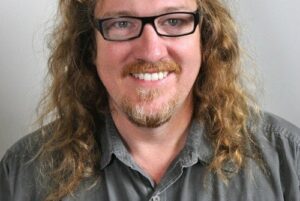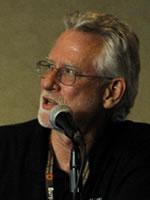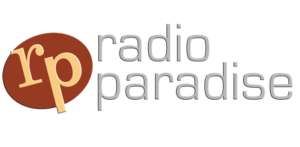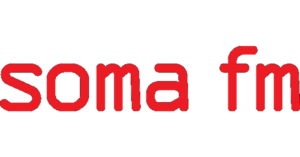In the first business day after the Copyright Royalty Board (CRB) released new music licensing royalties (See RAIN coverage HERE) for non-interactive streaming radio, we asked two pioneering and enduringly successful independent webcasters for their reactions. Both they, and most other webcasters large and small, are facing increased rates levied by the CRB for the 2021-2025 period, retroactive to January 1. The per-stream rate increase ranges from 17% to nearly 50% depending on the streaming business model. Even more onerous to many operators is the minimum annual fee per channel, which must be paid in advance at the start of each year, and is raised 100% to $1,000.

Rusty Hodge, SomaFM
Rusty Hodge, founder and operator of multi-channel electronica and alternative SomaFM, told us he was expecting an increase, but not such a big jump in the minimum channel fee. “I was expecting a 20-30% increase, maybe up to $750 a channel (a 50% increase). So I was quite surprised when they announced it would be a $1,000 per channel minimum fee … Will they double again five years from now?”
Bill Goldsmith, founder and operator of the eclectic multi-genre station Radio Paradise, is more focused on the per-stream rate. “This actually came out toward the lower end of the range I’d been expecting. 20%-25% would have been my guess, so ~17% is good news, I suppose.” He noted that the higher minimum charge did not affect his business.

Bill Goldsmith, Radio Paradise
That said, Goldsmith did express concern in the higher minimums on the field generally. “The new annual minimums represent an even higher barrier to entry for new stations. I think that it would be in the best interests of all involved — including rights holders — for there to be a way to easily and legally create ‘hobby-level’ webcast projects with no or very minimal fees.” Goldsmith’s rationale is that hobby stations and their niche followers would not divert enough paying audience from the industry to worry about. The allowance of unlicensed hobby stations could even benefit the industry in the long run, as Goldsmith sees grass-roots webcasting as a sort of R&D environment for innovative radio ideas. “Someone with an interesting idea for a new radio concept or format is certainly not going to find a home in the world of commercial broadcasting, and non-commercial broadcasting presents increasingly limited opportunities as well. Why not allow the webcast world to be the fertile ground where truly new radio ideas can be incubated?”
Rusty Hodge considers his slice of the webcasting pie to exist in a gray area which cannot escape challenging licensing fees, but is too small to be represented in the CRB process. “Unfortunately indie webcasters like us are kind of an “edge case”, we don’t have a trade organization like the religious broadcasters do; or the college broadcasters have with CBI (College Broadcasters Inc.).”
“We will make these new rates work because we have to,” Rusty Hodge told us, noting that SomaFM might have to postpone or cancel launching new channels that are in the works.
Hodge also observed that unpayable licensing rates are driving audio programming innovators out of the audio webcasting internet at large, to… “The new guard of the indie webcasting ‘industry’ is moving to YouTube because it is so much easier from a licensing perspective. It’s also where the eyes and ears are of the younger generation.”


 .
.